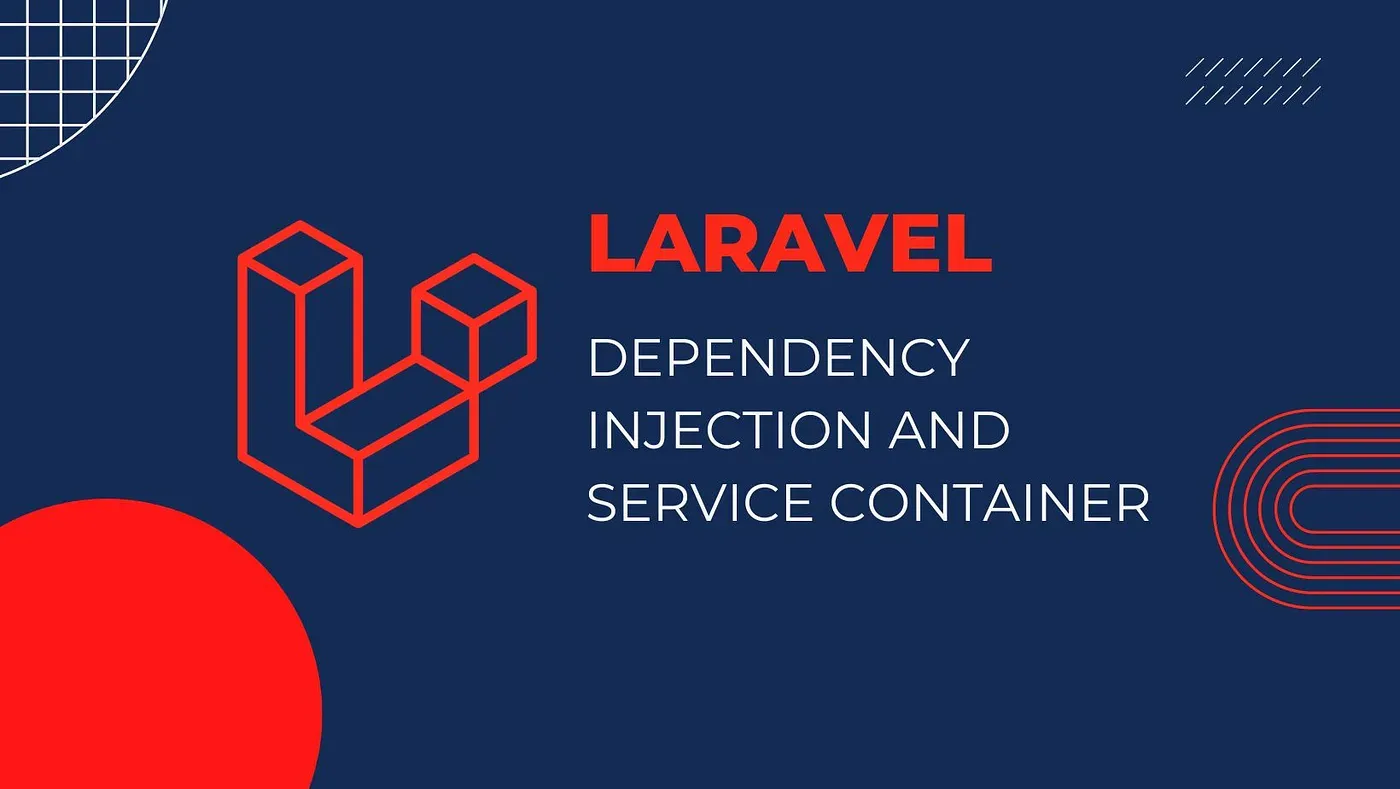Advanced Laravel Service Container: A Deep Dive into Modern Dependency Injection
Author: Hocine Mechouh
Published on: March 25, 2024
Ever found yourself wrestling with Laravel’s service container, wondering if there’s a better way to manage your application’s growing complexity? You’re not alone. I’ve spent countless hours optimizing dependency injection patterns, and today, I’m sharing the insights that transformed how I build Laravel applications.

The Magic Behind Laravel’s Service Container
Think of Laravel’s service container as your application’s smart assistant. It’s not just about injecting dependencies – it’s about crafting an elegant symphony of services that work together seamlessly. Let’s explore how to master this powerful tool.
Smart Binding: Beyond the Basics
Remember the last time you had to switch payment gateways in your application? Here’s how to make it painless:
public function register()
{
$this->app->bind(PaymentGateway::class, function ($app) {
return match(config('services.payment.driver')) {
'stripe' => new StripeGateway(config('services.stripe.key')),
'paypal' => new PayPalGateway(config('services.paypal.client_id')),
default => throw new \InvalidArgumentException('Invalid driver')
};
});
}This isn’t just code – it’s your application adapting to different contexts effortlessly. No more scattered if-else statements or complex factory classes.
The Art of Contextual Binding
Here’s where things get interesting. Imagine having different payment processing needs for subscriptions versus one-time purchases. Laravel’s contextual binding has got your back:
$this->app->when(SubscriptionController::class)
->needs(PaymentGateway::class)
->give(function ($app) {
return new RecurringPaymentGateway(
$app->make(StripeGateway::class)
);
});Advanced Patterns That Will Change Your Game
The Decorator Pattern: Adding Superpowers to Your Services
Want to add caching to your payment gateway without touching the original code? Here’s a elegant solution:
class CachedPaymentGateway implements PaymentGateway
{
public function __construct(
private PaymentGateway $gateway,
private CacheRepository $cache
) {}
public function process(Payment $payment): PaymentResult
{
return $this->cache->remember(
"payment_{$payment->getId()}",
3600,
fn() => $this->gateway->process($payment)
);
}
}Tagged Services: The Hidden Gem
Ever needed to handle multiple notification channels? Tagged services make it a breeze:
$this->app->tag([
EmailNotifier::class,
SlackNotifier::class,
], 'notifiers');Testing Like a Pro
The true measure of well-architected code is how easily it can be tested. Here’s a testing pattern that will make your life easier:
class TestContainer extends Container
{
protected $mocks = [];
public function mock($abstract, $mock)
{
$this->mocks[$abstract] = $mock;
return $this;
}
}Performance Optimization: The Cherry on Top
Don’t let dependency injection slow you down. Here’s how to keep things snappy:
class LazyPaymentService
{
private $gateway;
public function processPayment(Payment $payment): PaymentResult
{
return $this->getGateway()->process($payment);
}
protected function getGateway(): PaymentGateway
{
return $this->gateway ??= $this->container->make(PaymentGateway::class);
}
}The Road Ahead
Mastering Laravel’s service container is a journey, not a destination. The patterns we’ve explored today are just the beginning. Here’s what you should remember:
- Use contextual binding to make your application smarter about which implementations to use
- Leverage decorators to add functionality without breaking existing code
- Embrace tagged services for flexible plugin-style architectures
- Always consider performance with lazy loading and deferred providers
The next time you find yourself reaching for a global helper or singleton, remember: there’s probably a more elegant solution waiting in Laravel’s service container.
What’s your favorite dependency injection pattern? Have you discovered any unique ways to use Laravel’s service container? Share your thoughts in the comments below!
Want to level up your Laravel skills even further? Follow me for more deep dives into Laravel’s advanced features and architectural patterns.